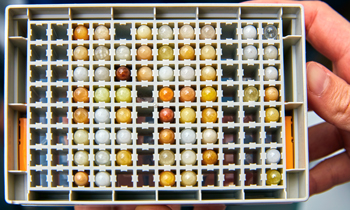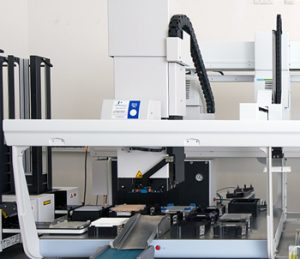
Janus (PerkinElmer)
(equipped with a 384 channel head) used for the transfer of fluids in plate replication, reformatting of e.g. 96 to 384 well, IC50/EC50 and assay plate preparation.
Small molecules play essential roles in many areas of basic research and are often used to address important biological questions.
High Throughput Screening (HTS) allows a researcher to quickly conduct thousands of tests against a biological target through the use of automation (robotics, liquid handling devices, sensitive detectors), data processing and control software.
Through this process one can rapidly identify active compounds (hits) which undergo further medical chemistry optimization to make them more suitable for development as drugs. A large number of projects at the core facility employ HTS as a part of project workflow.
The facility has a fully integrated automated platform for running biochemical and cell-based screening campaigns. At the core of the platform is a Janus integrator fitted with a gripper tool which can access the Cytomat, de-lid cell plates, transfer to the Multidrop for reagent addition and return the cell plates to the cell incubator or the EnVision microplate reader. Furthermore, the devices on the platform can be used independently or as standalone units:

(equipped with a 384 channel head) used for the transfer of fluids in plate replication, reformatting of e.g. 96 to 384 well, IC50/EC50 and assay plate preparation.
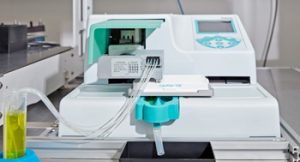
Fast bulk dispenser for reagents and cells. Can dispense reagents in the range of 0.5 µl to 2500 µl into 96, 384 and 1536 well plates.
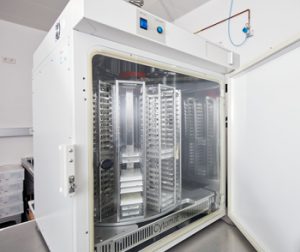
Features rotatable plate carousels. Capacity for 210 multi-well cell assay plates. Automation access from the rear or front in stand-alone mode.
Single detector multilabel reader with 2 channel injection module.
Our Biacore T200 supports the use of 96- and 384-well microplates. The use of all four flow cells allows four interactions to be simultaneously monitored.
Surface Plasmon Resonance (SPR) for ligand-binding assays
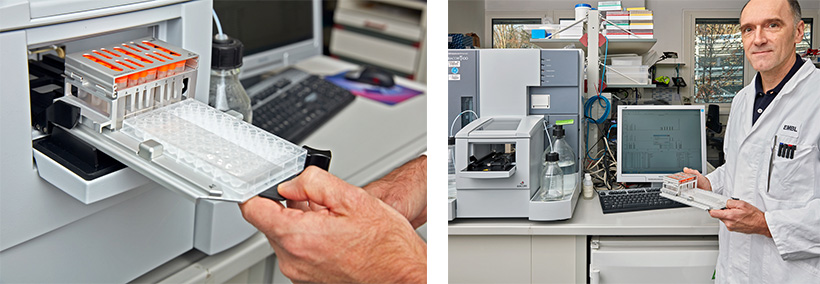
With access to a dedicated safety level S1 cell culture suite, the facility has experience in handling transient and stable mammalian cells as well as patient-derived cells to supply cell-based HTS campaigns run at the CBCF.
We require two vials of your cell lines which are Mycoplasma free, for which we determine the growth rates, bulk up and bank several vials to support your project.
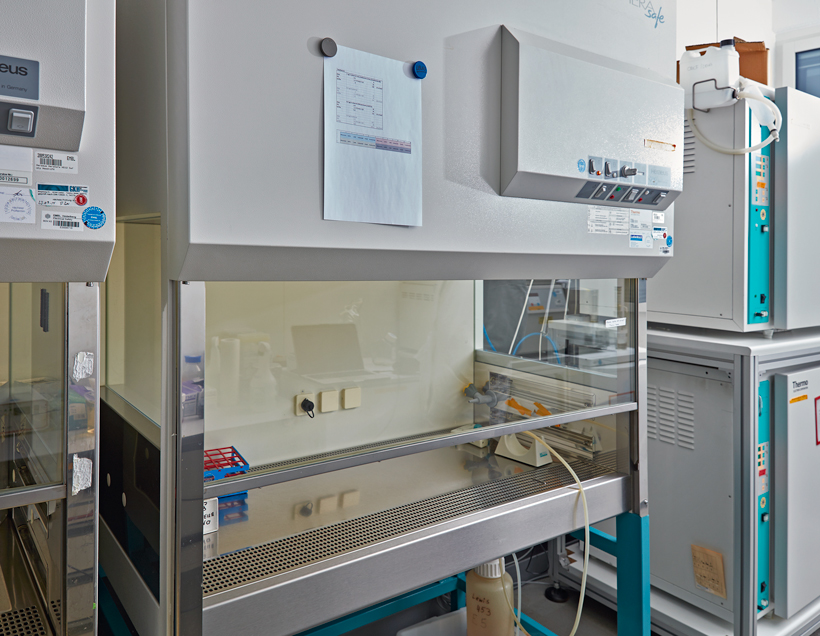
In addition to the devices on the automation platform, the facility has two stand-alone liquid handling devices:
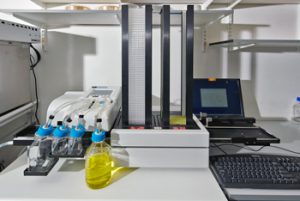
(Fast bulk dispenser for reagents and cells)
Can dispense up to 4 reagents in the range of 200nl to 2ml into 96, 384 and 1536 well plates.
Can handle up to 50 microplates in the various densities.
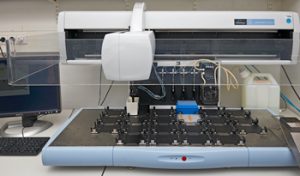
Fitted with 4 varispan tips and used primarily for dissolving compounds, preparation of master plates, cherry picking and assay development.
The facility has 4 stand-alone readers capable covering a large spectrum of detection technologies:
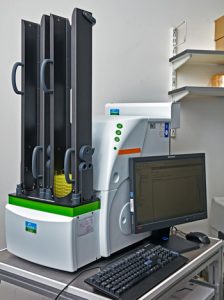
Monochromator plate reader allowing the use of any combination of excitation and emission wavelengths and supporting following technologies:
Liquid scintillation and luminescence counter.
Laser-based microplate nephelometer reader for detection of particles in solution. Applications include:
Chemical Biology Core Facility
EMBL Heidelberg, Meyerhofstraße 1, 69117 Heidelberg, Germany
Phone: +49 6221 387-8303
Fax: +49 6221 387-8306
Email: General enquiries
Our diversity oriented screening library is composed of 110,000 compounds. This library was selected from more than 5 million structures that were collected “virtually” and put through a rigorous filtering process. In addition, they were analysed on the basis of their ‘scaffold’ content to ensure the optimum coverage of chemical space – each compound structure was virtually fragmented into its core (the scaffold) and side chains.
The scaffold-based approach provides high information content for screening:
Selected compounds were finally checked for drug-likeness, structural and shape diversity, novelty, and compliance with medicinal chemistry requirements. Individual compound selection was done by picking representative compounds around selected scaffolds.
We offer access to our compound collection for screening at the facility or externally in your laboratory.
The compounds are prepared at 10mM in 100% DMSO and stored at -20oC. Batches of assay ready plates are typically produced in advance of the screening campaigns. This reduces the cost of processing the assay plates and means initiation of HTS is not dependent on availability of resources.
